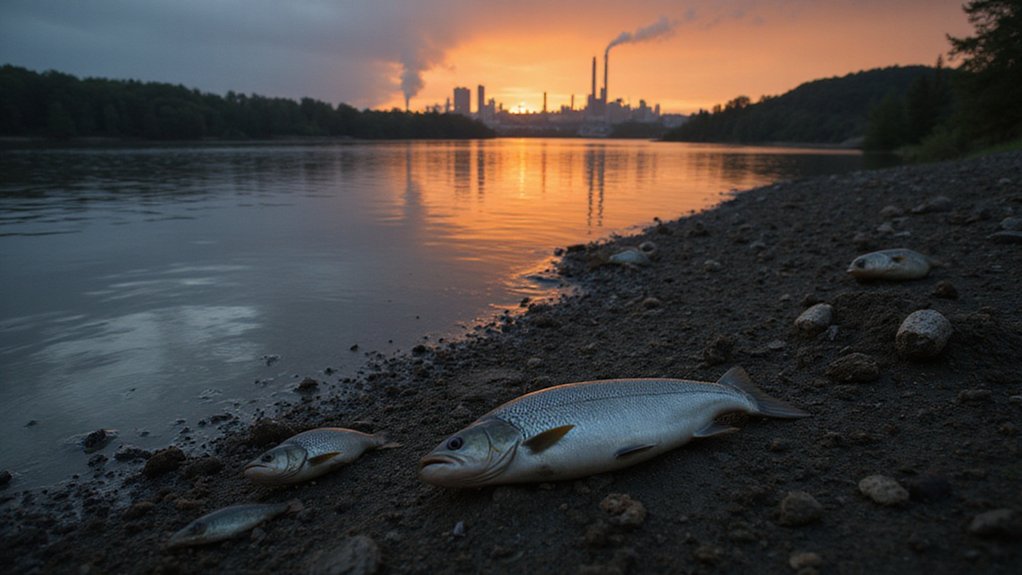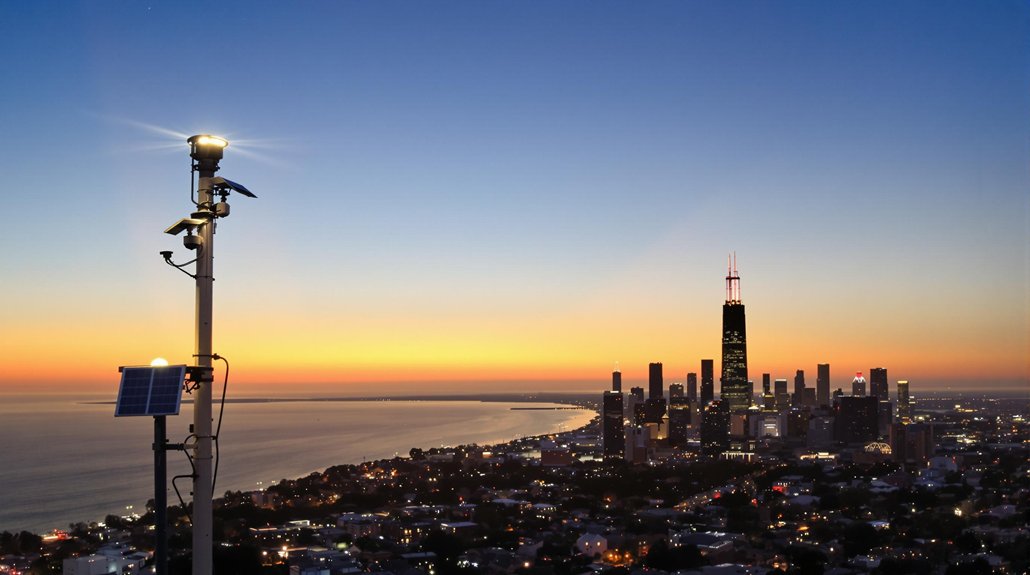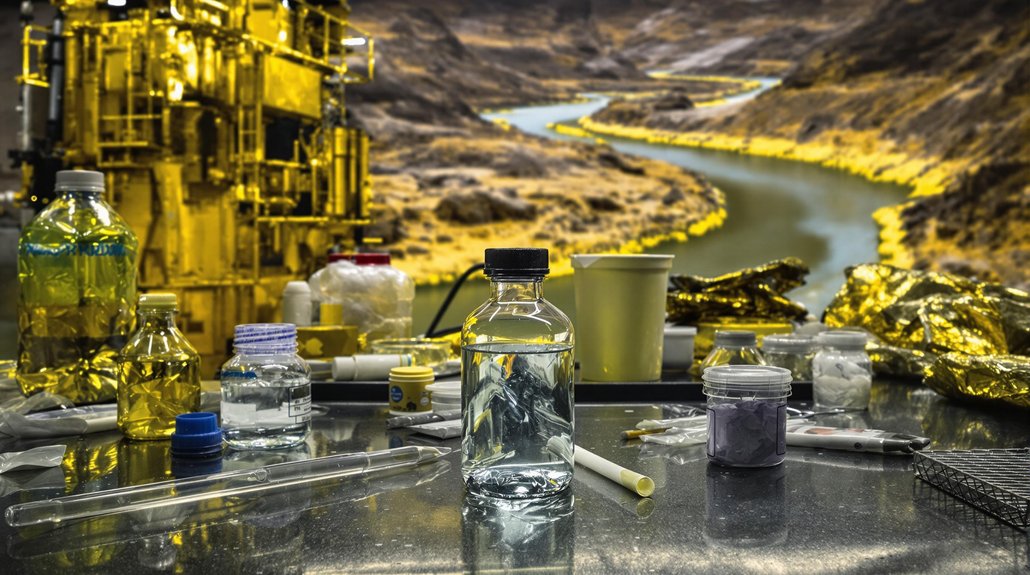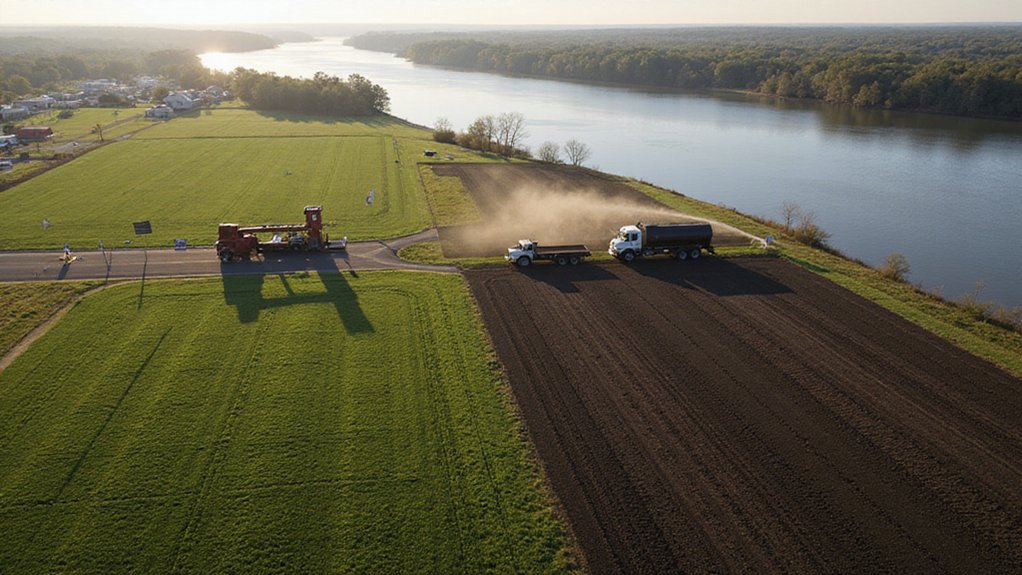Rivers worldwide are hauling nearly triple the mercury they did before factories started belching smoke into the sky. Pre-industrial rivers moved about 390 metric tons of the stuff annually. Now they’re pushing 1,000 metric tons every year. That’s a lot of poison flowing downstream.
The math is simple and depressing. We’ve added 585 megagrams of mercury to river systems since the 1850s. Scientists figured this out by digging through sediment cores and running models. Turns out, nature used to handle mercury just fine with volcanoes and wildfires. Then humans showed up with their brilliant ideas.
We’ve added 585 megagrams of mercury to river systems since the 1850s.
Coal plants are the big villains here, but they’ve got company. Mining operations, especially those sketchy gold mining setups in the Amazon, dump mercury like it’s going out of style. Industrial wastewater? Check. Soil erosion from our fantastic land management? Double check. Even atmospheric deposition plays a role. Mercury from Chinese factories can end up in American rivers. The Columbia River gets 84% of its mercury from global sources traveling through the air. Neat.
Mercury doesn’t just sit there being toxic. It climbs the food chain, concentrating in fish that people and wildlife eat. It’s a neurotoxin, messing with brains and nervous systems. Indigenous communities living near contaminated rivers show elevated mercury levels in their bodies. Fish advisories pop up from Minnesota to the Columbia River, warning people to limit consumption. Lamprey and other sensitive species are taking hits too. Mercury exposure symptoms include impaired vision, speech problems, hearing loss, and difficulty walking.
The Amazon Basin is ground zero for mercury contamination from mining. Local fish, soils, sediments, and people all show high levels. The Columbia River alone receives 11,500 pounds of mercury annually, mostly from the atmosphere. Rivers near bird migration routes in East Asia and North America face similar problems. The Mediterranean shows lower mercury levels thanks to dam constructions that trap contaminated sediment before it reaches the sea.
This isn’t some abstract environmental issue. Mercury-contaminated rivers threaten drinking water, destroy ecosystems, and poison food sources. We’ve managed to double the mercury load in rivers since industrialization began. The baseline was 390 metric tons. Now it’s 1,000. Progress, right?
References
- https://abcnews.go.com/US/transport-mercury-rivers-risen-3-fold-industrial-revolution/story?id=122699748
- https://phys.org/news/2025-06-global-mercury-rivers-industrial-revolution.html
- https://www.columbiariverkeeper.org/2024/mercury-fact-sheet/
- https://www.courthousenews.com/mercury-in-rivers-surges-to-levels-with-serious-consequences/
- https://otca.org/en/study-will-provide-a-regional-overview-of-the-mercury-pollution-situation-in-the-amazon-basin/








